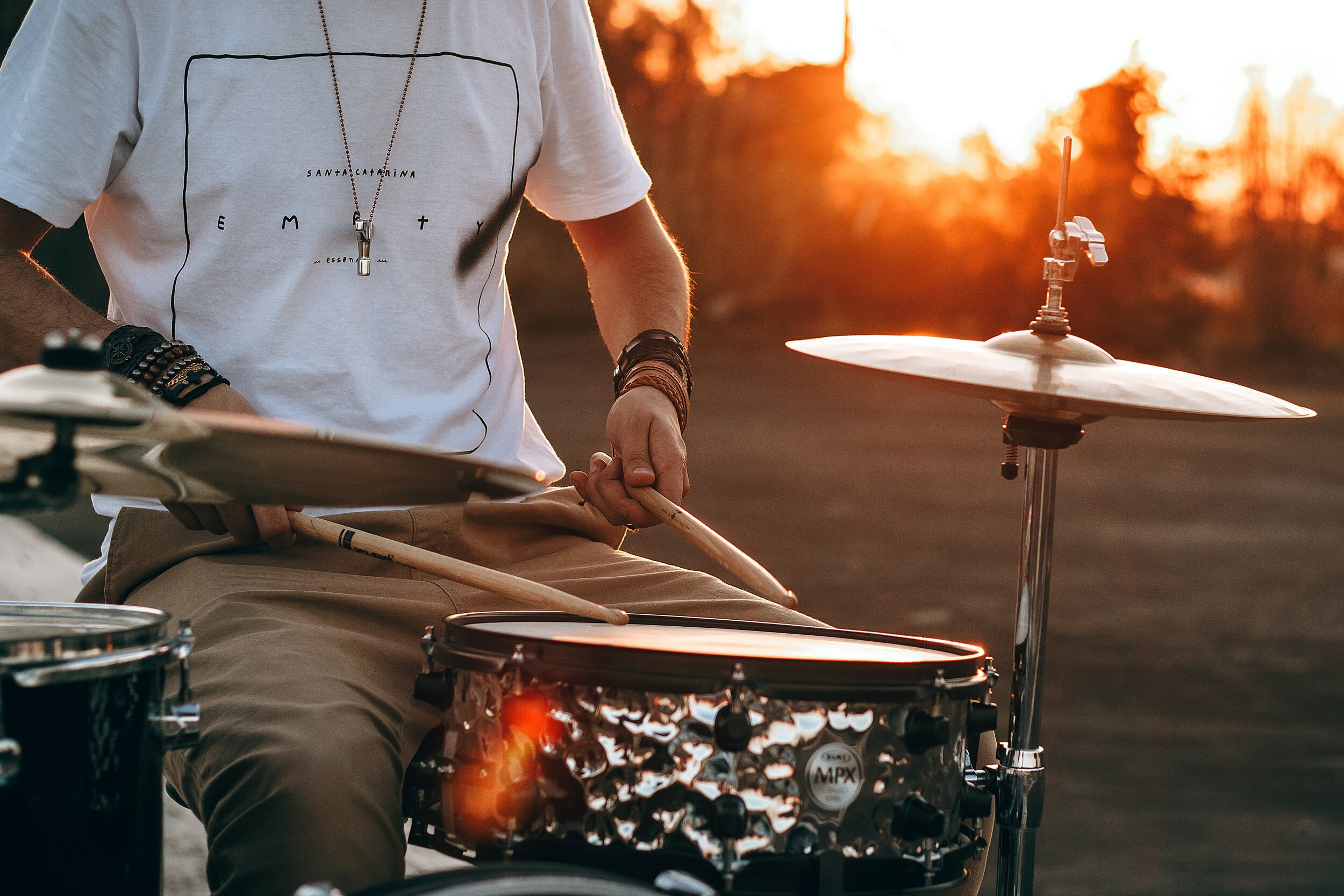Reuse Wins at Events:
A life-cycle analysis of reusable and single-use cups
Originally published: June 2021
Revised: November 2025
Over the past decade-plus, the sports, entertainment, and live events industry has searched for alternatives to single-use plastic in food concessions. After Covid lock-downs, as fans returned to sporting arenas and concert-goers celebrated the return of music festivals, sustainability issues at events and venues came back into focus – specifically, the ever-present disposable plastic cup.
Many attempts at solutions have been introduced, from bioplastic cups to reuse systems and now single-use aluminum. But there has been no clear scientific consensus as to which options have the greatest environmental impact and which options have the least – until now.
Highlights
Reusable stainless steel and polypropylene cups dramatically outperform the single-use cup options across all environmental metrics. These are the most sustainable options for events and venues.
If you’re still using single-use cups, PET and PLA cups are better options for the climate.
Single-use aluminum cups are the worst option for the climate by far. Single-use aluminum cups used 47% more energy over their life-cycle and created 86% more carbon dioxide than other single-use plastic options.
The use category – transportation and washing – for the reusable cups had a minor impact for all use cases in comparison to single-use cups.
The average stadium that hosts 100 events annually uses over half a million single-use cups – creating a whopping 6.34 tons of plastic waste. If these were replaced with reusable polypropylene cups used just 25 times and then discarded, that would generate a mere 1.11 tons of waste. Reusable stainless steel cups used 25 times and then discarded would generate one-third that of plastic: 2.12 tons of waste.
Recommendations
Venues and events companies should begin the process of shifting away from all single-use cups, not just single-use plastic.
Single-use aluminum cups are not a sustainable option when compared to other single-use cups or reusable cups, even if most of the aluminum cups are collected for recycling.
Venues and events companies can either a) create their own reusable cup systems, b) license 3rd party systems, or c) hire reuse companies to provide the service for them.
There are ways to save and make money from deploying reusable cup systems, including: a) savings on disposables procurement, b) savings on waste management costs, c) savings on clean-up and litter, d) opportunities for brand partnerships and brand loyalty, and e) opportunities for tech integration, special offers and valuable customer use data.
-

Reuse wins at events: A life-cycle analysis of reusable and single-use cups
-

Fact Sheet: Reuse Wins at Events
-

Reuse in Action: Sports & Entertainment



